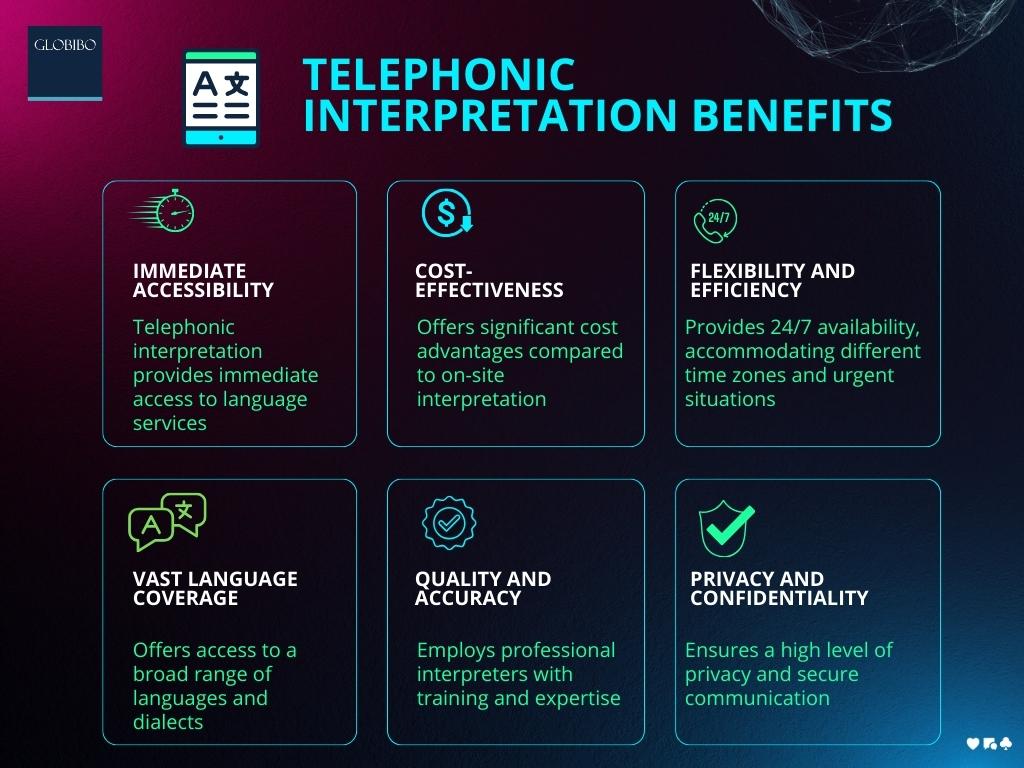In today’s globalized business landscape, effective communication is crucial for success. Language interpretation plays a vital role in facilitating communication and bridging language barriers in the business sector. It enables companies to engage with clients, partners, and employees from diverse linguistic backgrounds, fostering understanding, collaboration, and opportunities for growth. This article highlights the importance of language interpretation in the business sector and its significant impact on global business interactions.
Introduction
In a globalized economy, businesses operate in diverse linguistic environments, necessitating effective communication across languages. Language interpretation serves as a bridge, allowing seamless communication between individuals who speak different languages. By utilizing professional interpreters, businesses can overcome language barriers and unlock the numerous advantages that come with effective multilingual communication.
1. Facilitating Multilingual Communication
Language interpretation enables businesses to engage in multilingual communication, breaking down language barriers that can impede understanding and collaboration. Whether it’s during international conferences, business meetings, or negotiations, interpreters facilitate real-time communication, ensuring that participants can express their ideas, concerns, and questions accurately and effectively.
2. Expanding Market Reach
Language interpretation is crucial for businesses aiming to expand their market reach internationally. By interpreting marketing materials, websites, or product information in multiple languages, companies can effectively communicate with potential customers in different regions. This allows businesses to tap into new markets, attract a diverse customer base, and enhance brand recognition on a global scale.
3. Building Trust and Strengthening Relationships
Effective communication through language interpretation builds trust and strengthens relationships in the business sector. When clients, partners, or employees feel understood in their native language, it fosters a sense of respect and appreciation. This, in turn, creates a positive impression and facilitates stronger connections, leading to long-term partnerships and loyal customers.
4. Enhancing Negotiations and Decision-Making
Language interpretation & its types play a vital role in negotiations and decision-making processes. Accurate interpretation ensures that all parties have a clear understanding of the discussions, proposals, and agreements. By enabling effective communication, interpretation minimizes misunderstandings, promotes transparency, and enhances the overall efficiency of negotiations, resulting in better-informed decisions.
5. Ensuring Accurate Information Exchange
Language interpretation ensures accurate and reliable information exchange in business interactions. Professional interpreters possess the linguistic skills and subject matter expertise necessary to convey information accurately, maintaining the integrity of the message. This is particularly important in fields such as legal, medical, or technical sectors where precision and accuracy are paramount.
6. Enabling Effective Training and Onboarding
Language interpretation is instrumental in training and onboarding programs within businesses that operate across multiple locations and languages. Interpreters facilitate the seamless transfer of knowledge, ensuring that training materials and instructions are effectively communicated to employees regardless of their language proficiency. This enables consistent and comprehensive training, promoting employee productivity and engagement.
7. Promoting Cultural Sensitivity and Inclusivity
Language interpretation promotes cultural sensitivity and inclusivity within the business sector. By acknowledging and respecting the linguistic and cultural diversity of employees and clients, businesses create an inclusive environment that values different perspectives and experiences. Language interpretation helps eliminate language-based biases, allowing everyone to participate fully and contribute their unique insights.
Conclusion
Language interpretation is a crucial component of successful business interactions in a globalized world. It facilitates multilingual communication, expands market reach, builds trust, enhances negotiations and decision-making, ensures accurate information exchange, enables effective training and onboarding, and promotes cultural sensitivity. By recognizing the importance of language interpretation, businesses can break language barriers, foster effective communication, and unlock opportunities for growth in the international marketplace.
FAQs
Q1: What is the role of language interpretation in business?
A: Language interpretation enables effective communication in multilingual business settings, fostering understanding, collaboration, and opportunities for growth.
Q2: How does language interpretation help businesses expand their market reach?
A: Language interpretation allows businesses to communicate with potential customers in different regions by interpreting marketing materials, websites, and product information in multiple languages.
Q3: Why is language interpretation important in negotiations and decision-making?
A: Accurate interpretation ensures that all parties have a clear understanding of discussions, proposals, and agreements, minimizing misunderstandings and enhancing the efficiency of negotiations and decision-making.
Q4: How does language interpretation promote cultural sensitivity and inclusivity?
A: Language interpretation acknowledges and respects linguistic and cultural diversity, creating an inclusive environment that values different perspectives and experiences.
Q5: In what ways does language interpretation facilitate effective training and onboarding?
A: Language interpretation enables the seamless transfer of knowledge in training and onboarding programs, ensuring that instructions and materials are effectively communicated to employees of different language backgrounds.



